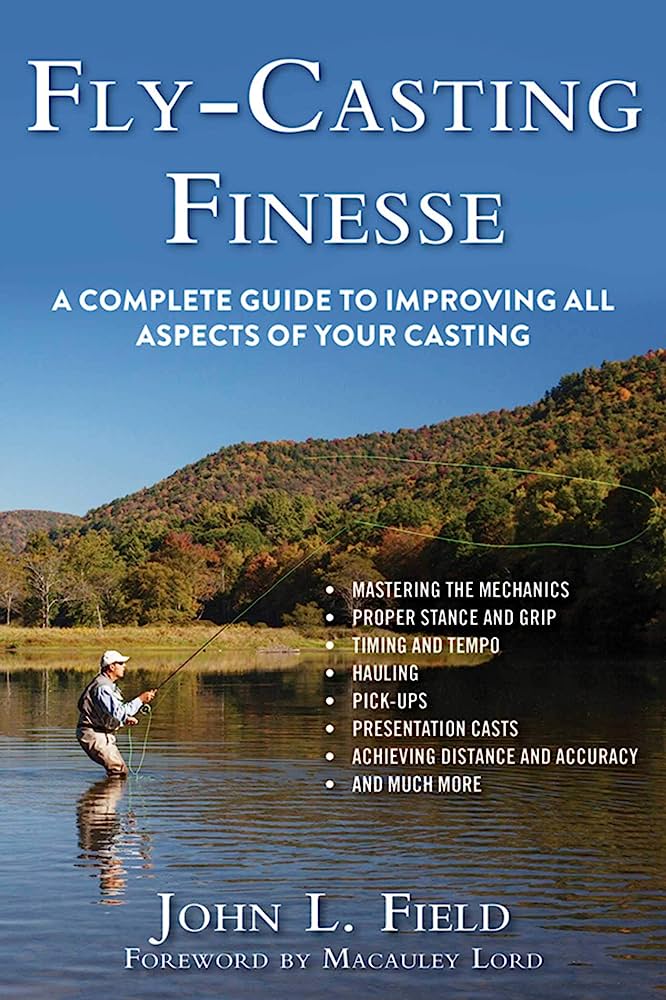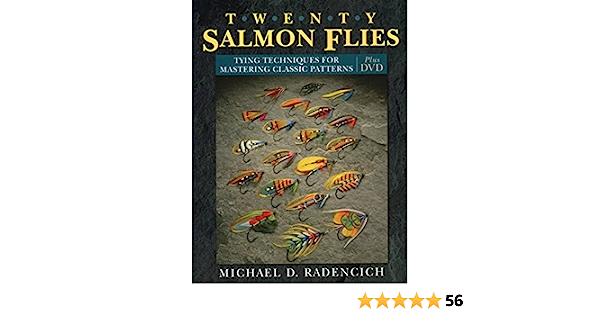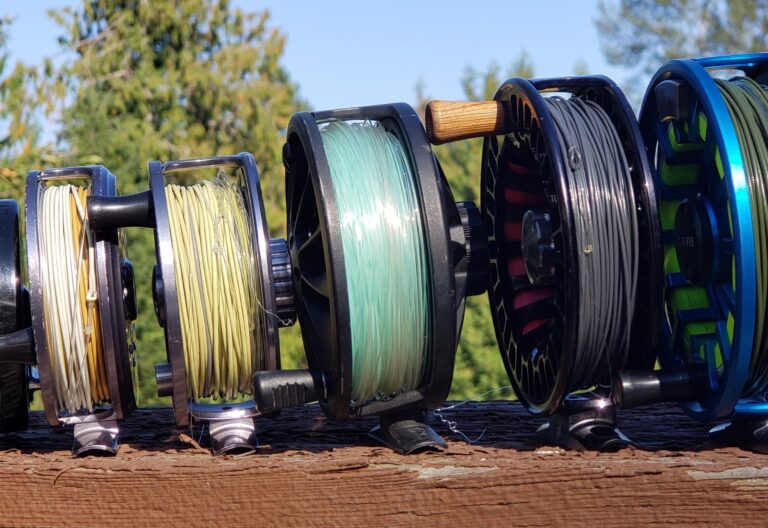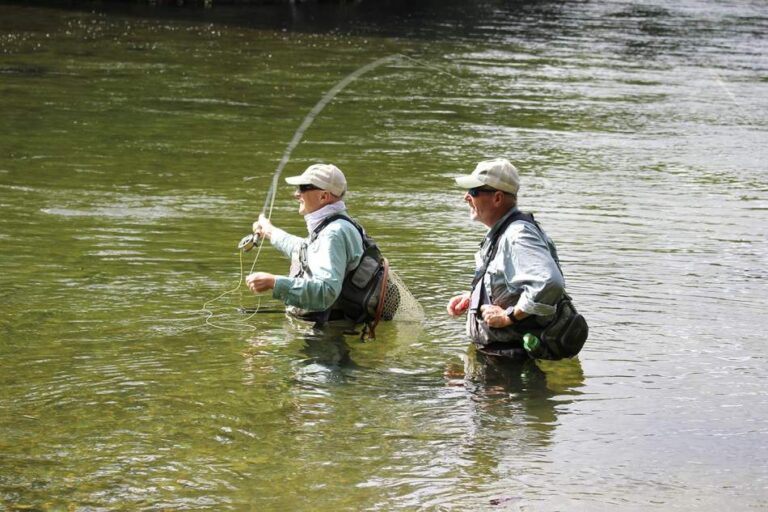To read water and find fish in fly fishing, pay attention to rising and falling water levels and observe the presence of bugs and insects on the water surface. To catch more fish, always approach the water quietly and carefully, avoiding creating ripples or startling the fish.
Fly fishing is a thrilling way to catch fish and requires great skill and technique. Finding fish in the vast water body can be a challenge for beginners and even advanced anglers. To increase your chances of success, it is crucial to learn how to read the water and spot the areas where fish are likely to be found.
By observing the movements of the water, the type of bugs and insects present on the surface, and understanding the behavior of fish in the area, you can find perfect spots to cast your line and catch fish. In this article, we’ll explore essential tips for reading water and finding fish in fly fishing to help you become a successful angler.
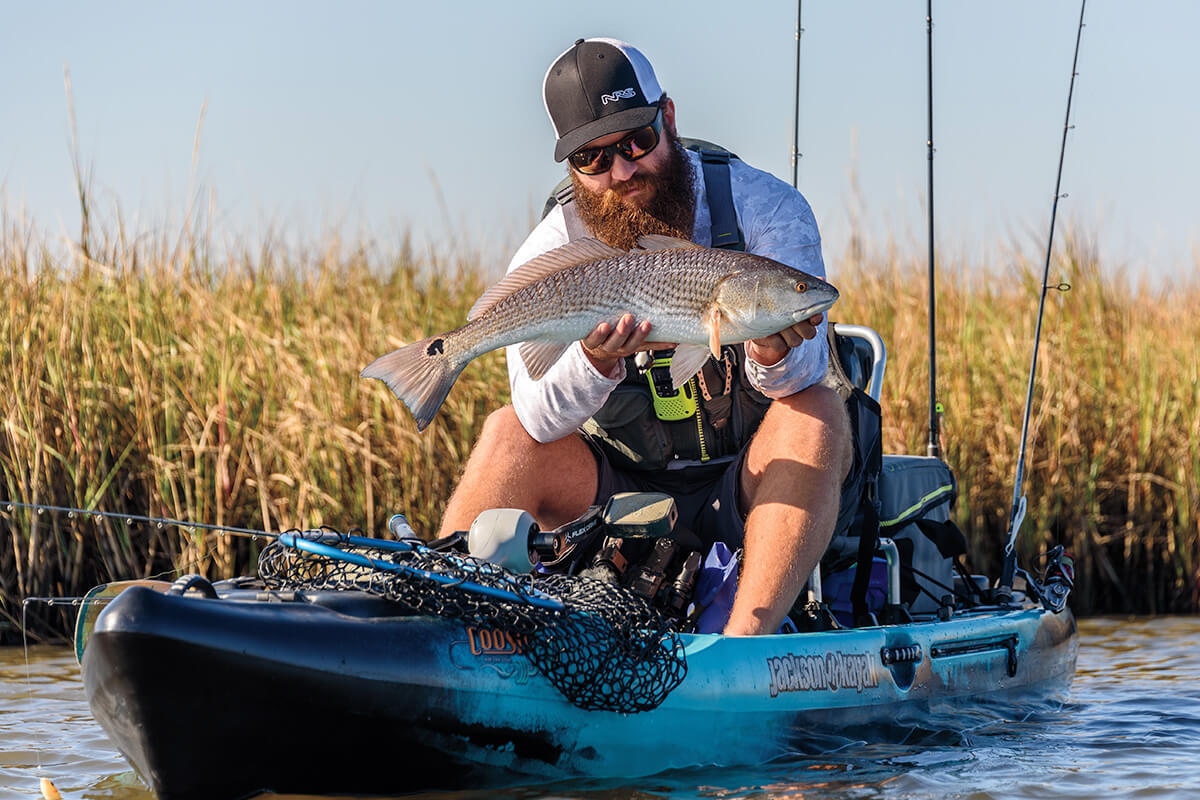
Credit: www.gameandfishmag.com
Understanding The Basics Of Fly Fishing
Fly fishing is an art that requires dedication, patience, and skill. It’s much more than just catching fish; it’s about the journey and the love for nature. Understanding the basics of fly fishing is crucial to becoming a proficient angler.
In this blog post, we’ll cover the essentials of fly fishing, including the equipment and gear, fish behavior and habitat, and what fly fishing really means.
What Is Fly Fishing?
Fly fishing is a type of angling that uses an artificial fly as bait. The goal is to imitate the behavior of a natural insect to lure fish and entice a bite. Unlike conventional fishing, fly fishing requires the angler to cast a fly line and leader, which takes more skill and practice.
Fly Fishing Equipment And Gear
Having the right equipment and gear is essential to a successful fly fishing trip. Below are some of the basic gear items required for fly fishing:
- Fly rod: Designed to cast the fly line and leader
- Fly reel: Used to store the fly line
- Fly line: Weight-forward line that helps cast the fly
- Leader and tippet: Thin, transparent line used to attach the fly
- Flies: Mimic a natural insect and are the bait for fly fishing
- Wading gear: Boots, socks, and pants that allow the angler to wade in the water
Understanding Fish Behavior And Habitat
To find fish in fly fishing, it’s vital to understand their behavior and habitat. Here are some key points to keep in mind:
- Fish are cold-blooded and rely on water temperature to regulate their body temperature
- Different species of fish have different preferences for water temperature, depth, and flow
- Look for fish in areas where there is structure, such as rocks, logs, or weed beds
- Fish are more active during certain times of the day, such as early morning or evening
- Fish may change their behavior based on weather conditions, so it’s important to pay attention to the weather forecast
Understanding the basics of fly fishing is crucial for any angler hoping to catch fish successfully. By taking the time to learn about the equipment and gear, fish behavior and habitat and the art of fly fishing, you’ll be well on your way to becoming a proficient angler.
Remember, it takes practice, patience and respect for nature to master the art of fly fishing.
Reading Water: Tips For Finding Fish
When it comes to fly fishing, one of the essential skills any angler must master is reading water. Understanding water current and flow, identifying fish holding areas, and locating fish based on water conditions are all vital skills that will help you succeed.
In this blog post, we will explore these skills in detail and give you some practical tips on how to use them.
Understanding Water Current And Flow
The first step in reading water is understanding the current and flow. Here are a few key points to keep in mind:
- The current is the flow of water in a river or stream.
- The flow rate can vary depending on water depth, which can affect the velocity of the water.
- Reading water current is key to identifying where fish are holding.
How To Identify Fish Holding Areas
The next step is to identify where fish are holding. Here are a few tips:
- Look for changes in water depth, such as drop-offs, where fish may be holding.
- Look for areas where the current slows down, such as eddies or slack water. These areas provide shelter and food for fish and can be ideal spots to cast your line.
- Look for structures like rocks, logs, and undercut banks, where fish may seek cover.
Techniques For Locating Fish Based On Water Conditions
Once you’ve identified fish holding areas, you need to locate fish based on water conditions. Here are a few tips:
- Sunny days can make fish move deeper into the water or under cover, while cloudy days can bring them closer to the surface.
- Pay attention to the time of day. Fish tend to be more active during low light conditions, such as early morning or late evening.
- Look for signs of feeding activity, such as rising fish or splashing water, to locate active feeding zones.
Reading water is an essential skill for any angler. By understanding water current and flow, identifying fish holding areas, and locating fish based on water conditions, you’ll be able to increase your chances of landing that big catch. Remember to always observe, experiment, and enjoy the process of fly fishing.
Conclusion
After going through these tips, it is clear that reading water and finding fish in fly fishing doesn’t have to be a daunting task. With a little practice, observation, and patience, anglers can effectively locate their target areas and improve their chances of catching more fish.
Understanding the river or stream, the different types of water, and the behavior of fish can provide valuable insights that can lead to a successful fly fishing experience. Remember to pay attention to the conditions, use the right gear and bait, and always respect the environment.
With these techniques, anyone can master the art of fly fishing and enjoy long-lasting memories on the river. So get out there and start exploring your next fishing adventure with these valuable tips for reading water and finding fish in fly fishing!

